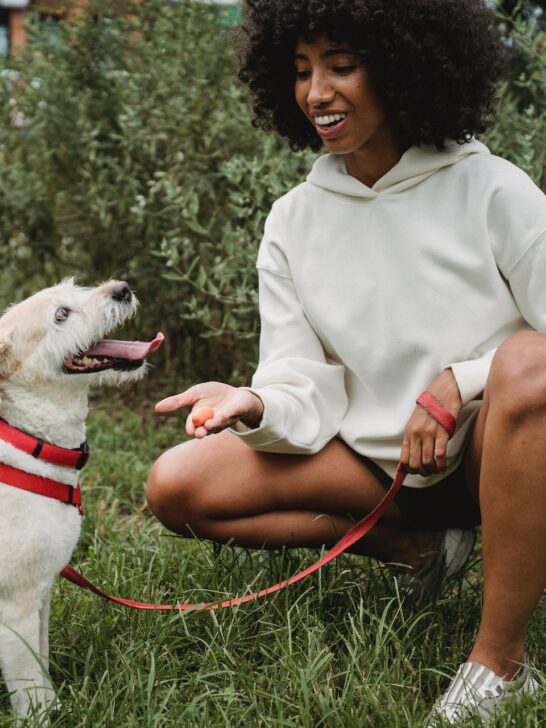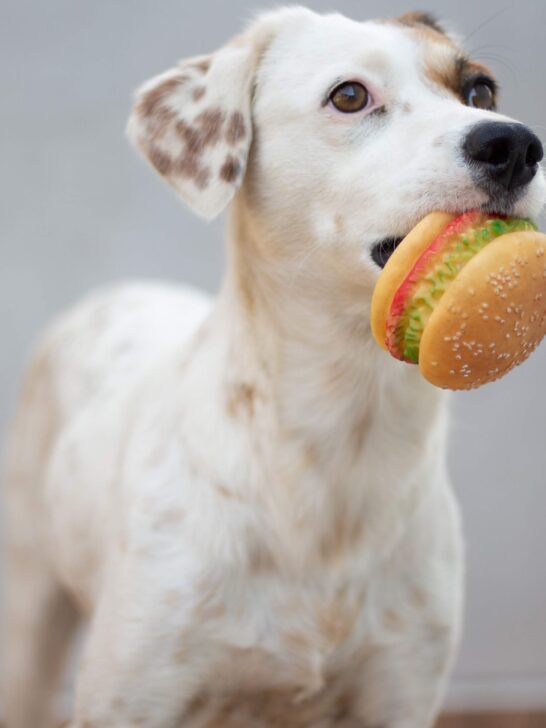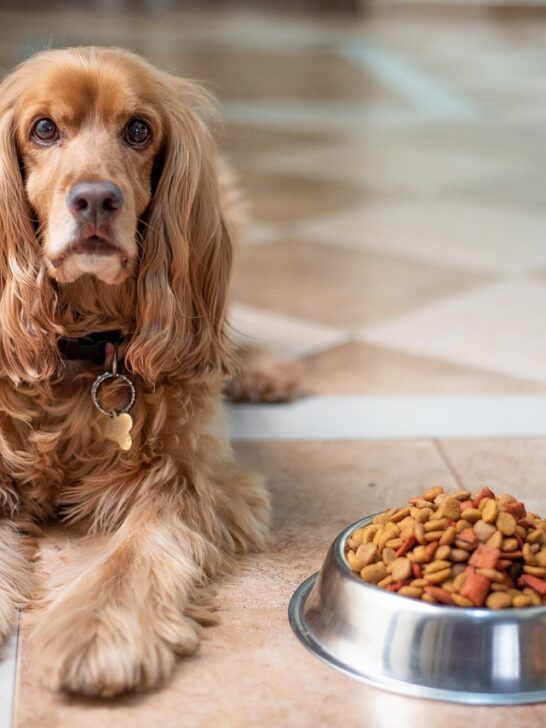Can Dogs Have Honey Nut Cheerios?
A bowl of Honey Nut Cheerios is one of the most popular breakfast choices in the United States. They are fun, delicious, crunchy, and sweet.
If your household has a dog, chances are you’ve wondered if giving it a couple of cheerios will cause any harm. Today, we will answer that question.
Below you will discover everything about Honey Nut Cheerios, including the pros and cons of giving them as dog treats, their nutritional value, and what amount is actually acceptable to share with your furry friend.
Lastly, we will answer some of the most frequently asked questions regarding Cheerios and cereals, in general.
What are Cheerios? (Nutritive Breakdown)
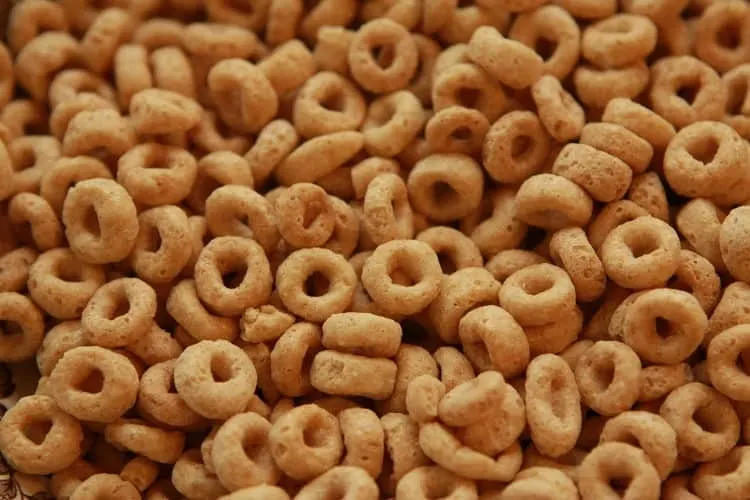
Cheerios is a type of breakfast cereal consisting of pulverized oats in the shape of a solid torus. It’s made of whole grain oats, cornflour, sugar, honey, brown sugar syrup, salt, and vitamin E.
Vitamins and minerals such as folic acid, niacin, iron, and vitamin B6 are also added to make it healthier.
The first Cheerios cereal was introduced in 1941 under the name CheeriOats, which was later changed to Cheerios in 1945.
The original recipe was made by Ruth Wakefield, who created it as a healthier version of her husband’s favorite teat. She had the brilliant idea of adding dried fruits and nuts to the usual plain cereal.
To date, there are several variations of Cheerios available, including Honey Nut Cheerios, Cinnamon Toast Crunch Cheerios, Frosted Cheerios, and Chocolate Cheerios.
One cup of Cheerios has 100 calories, 2 grams of fat, 4 grams of protein, 19 grams of carbohydrates, and 3 grams of dietary fiber. It is also a good source of calcium, with 10% of the Daily Value (DV).
Do Dogs like Cheerios?

Absolutely! Dogs love cheerios. After all, what’s not to love about it? Cheerios are crunchy, flavorful, and quite delicious.
Not to mention, they’re the perfect size for a little puppy to enjoy. In fact, many dog owners report that their furry friends go crazy for cheerios.
Pups love cheerios; if you give them the whole box, they will probably devour it. However, that doesn’t mean you should. In fact, moderation is key when it comes to giving cheerios to your dog.
Can Cheerios Be Bad for my Dog?

While cheerios are not harmful to dogs, it is essential to remember that they contain high sugar levels, which can lead to weight gain, diabetes, dental issues, arthritis, allergies, and obesity.
Let’s go through some of the other harmful effects of giving Honey Nut Cheerios to your dog.
Wheat Allergy
Always be mindful of the possibility of your dog having a wheat allergy.
The usual symptoms of wheat allergies are vomiting, frequent paw licking, sneezing, diarrhea, skin rashes, ear inflammation, vomiting, and flatulence.
Obesity
If you regularly feed your dog with cheerios, chances are it will gain weight quickly.
In 1 cup of Cheerios, there are around 93.3 calories and 19.3 grams of carbs which is simply too many calories and carbs in a single cup.
Salt poisoning
A cup of Cheerios has 126.7 mg of sodium, which is already a lot for your dog. Your dog only needs around 0.25 to 1.5 grams of salt for every 100 grams of food, and anything more than that can affect their health.
Too much salt enhances the risk of food poisoning. Among the symptoms of food poisoning are vomiting, diarrhea, convulsions, lethargy, muscle weakness, extreme thirst, loss of appetite, and urinating frequently.
Diabetes
Diabetes is a severe medical condition affecting dogs of any age, breed, or weight.
If left untreated, diabetes can cause several health problems, including kidney disease, blindness, and heart disease. If your dog is diabetic, simply don’t give it any cheerios as they contain sugar.
Urinary Tract Infections (UTI)
Too many grains like wheat, corn, and oats can cause UTIs in your dogs. UTIs can be painful and lead to more severe health problems if left untreated.
Symptoms of a UTI include increased urination, bloody or cloudy urine, loss of appetite, weakness, fever, weight loss, licking of the urinary opening, vomiting, and more frequent urination.
Nutritional Benefits of Cheerios for Dogs
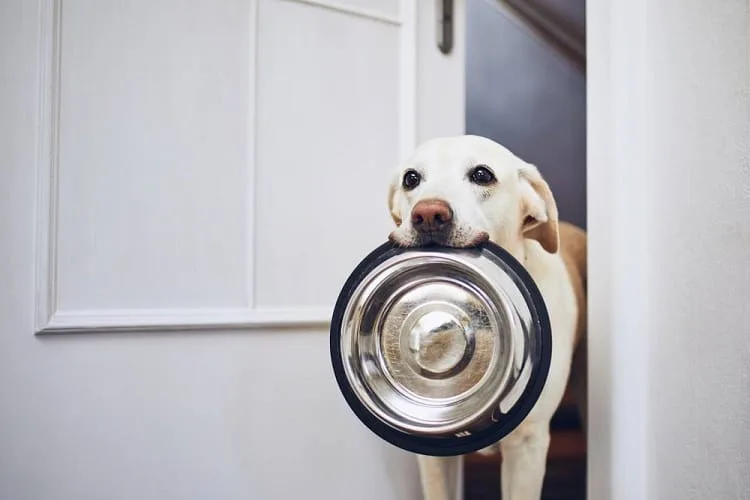
Although it’s not among the top10 healthiest treats to give your dog, Cheerios have some nutritional advantages for your furry friend.
- Vitamins: Cheerios contain vitamins like B1 (thiamine), B12, B6 (pyridoxine), E (alpha-tocopherol), Zinc, and thiamin, which all help with developing healthy blood cells in your dog’s body. Vitamin E is also a fat-soluble vitamin, which means it helps with metabolism and proper cell function.
- Fiber: As mentioned, one serving of Cheerios has 4 grams of fiber plus 1 gram of soluble fibers. The fiber content helps your dog feel better whenever they feel congested.
- Calcium: Adult dogs need 6% of calcium for good health. Cheerios can help give Calcium boost plus Phosphorus to help with their absorption.
What Amount of Cheerios Can I give to my Dog?

Just to be safe, give your dog a small amount of Cheerios – around ¼ cup or even less.
Treat them every once in a while but keep in mind the 10% rule – do not give them teats that exceed the 10% of their daily calorie needs.
It’s absolutely essential to understand that Cheerios should not be a substitute for dog food.
Also, if you’re going to give your dog Cheerios for the first time, observe if there will be reactions like upset stomachor vomiting. That way, you’ll know if your dog is allergic to the cereal.
Cereals you Should NOT Feed Your Dogs With
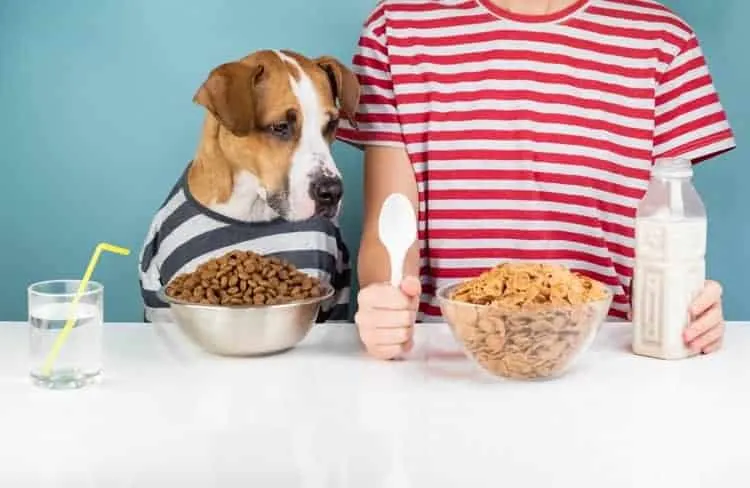
While many common bowls of cereal are safe for dogs to eat, a few should be avoided. Those include:
- Raisin Bran
Raisins are toxic to dogs, and consumption can lead to kidney failure. - Reese Puffs / Coco Puffs
Both contain chocolate which is toxic to dogs. Theobromine found in chocolate can cause various problems in dogs, including vomiting, diarrhea, tremors, and even death.
- Lucky Charms
- Froot Loops
- Cap ‘n Crunch
Conclusion
So, is Honey Nut Cheerios good for dogs? The short answer is yes if given in moderation. As much as they want to eat the whole box, try to resist the “puppy eyes”; it’s for their own good.
FAQs
Below are some of the most frequently asked questions regarding Honey Nut Cheerios and dogs.
Can you Feed Honey Nut Cheerios With Milk to Your Dogs?
Yes, but also in a small amount.
Milk contains lactose, a form of sugar that dogs cannot digest. Digesting lactose can lead to stomach pain, diarrhea, bloating, and gas. Give them a couple of cheerios but without milk.
What are the Best Foods for Dogs?
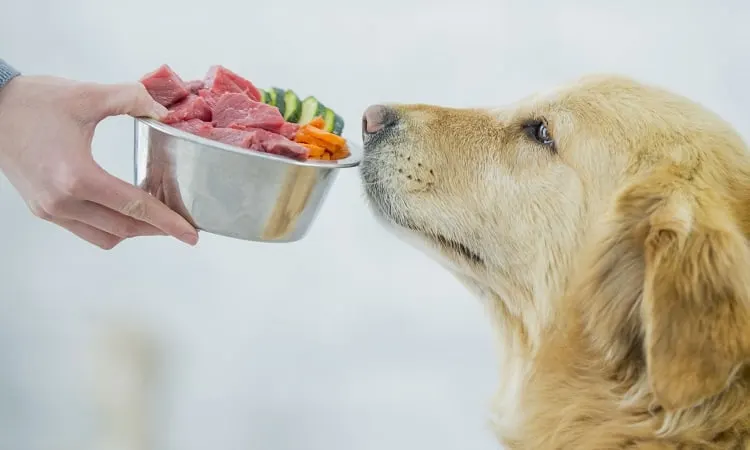
It depends on what type of breed your dog is. For instance, small breeds often require foods high in protein and fat to help them maintain a healthy weight.
Large breeds, on the other hand, are more prone to joint problems and may benefit from foods rich in omega-3 fatty acids.
Ultimately, all dogs need a balanced diet to provide the nutrients they need to stay healthy. Some of the best foods for dogs include lean meats, fresh vegetables, and whole grains.
Lean proteins like chicken and fish are an excellent energy source, while vegetables like carrots and sweet potatoes provide essential vitamins and minerals.
Whole grains like brown rice and oats contain fiber, which helps the digestive system function properly.
Is it Okay to Feed my Dogs With Cheerios Every Day?
No. There are plenty of healthy dog treats you can get if you want to treat your dog with something yummy daily.
Cheerios have too much sugar, and a daily intake of so much sugar can cause problems in the long run. Give them a small amount now and then just to satisfy their curiosity.
Resources:

















